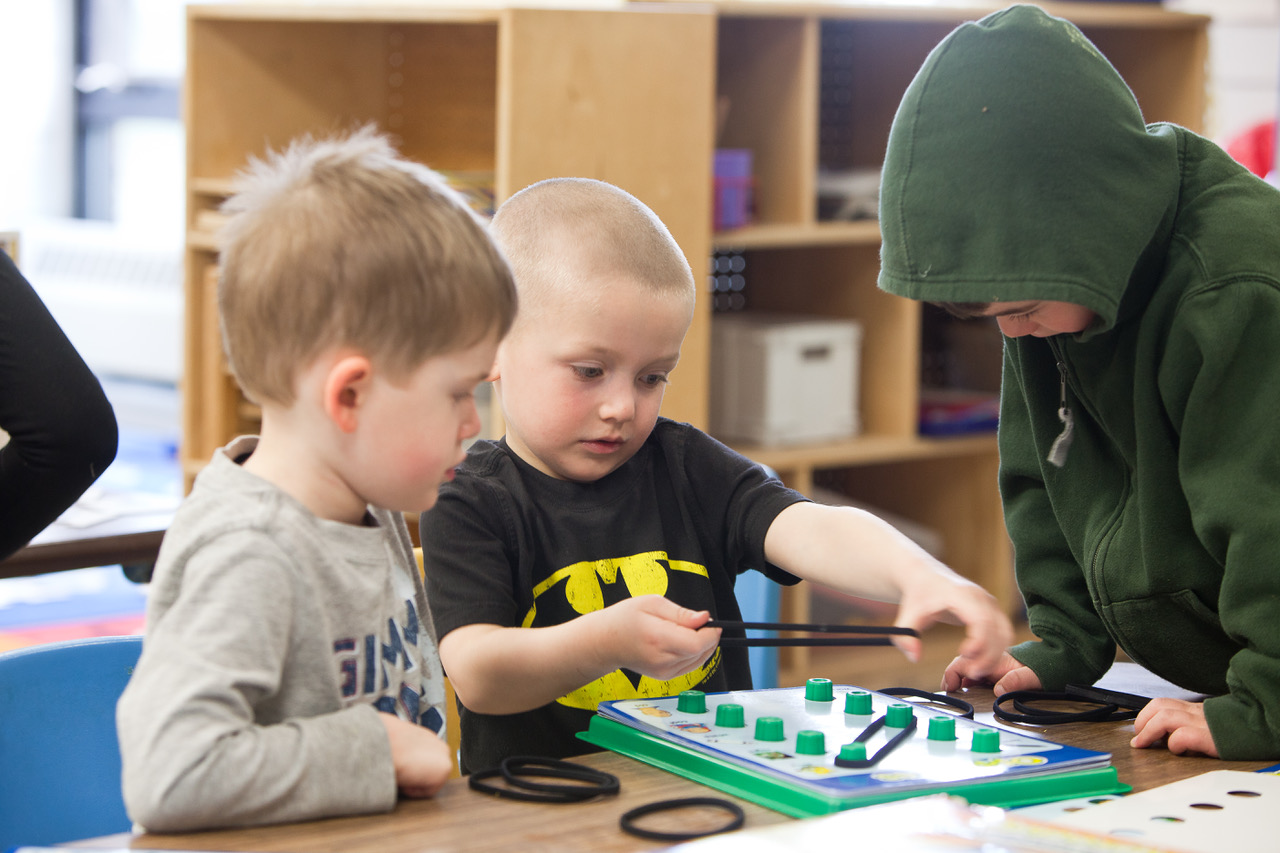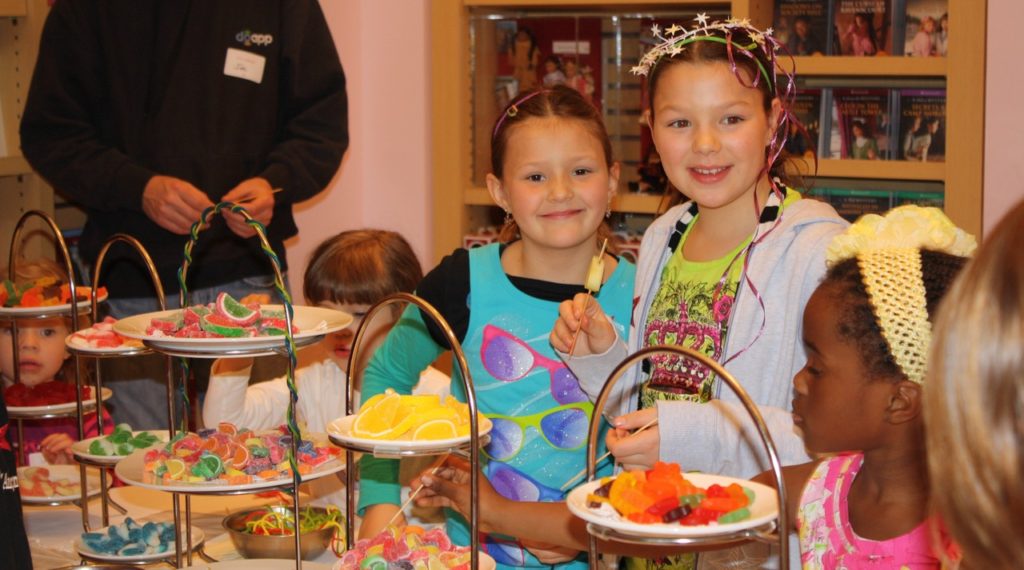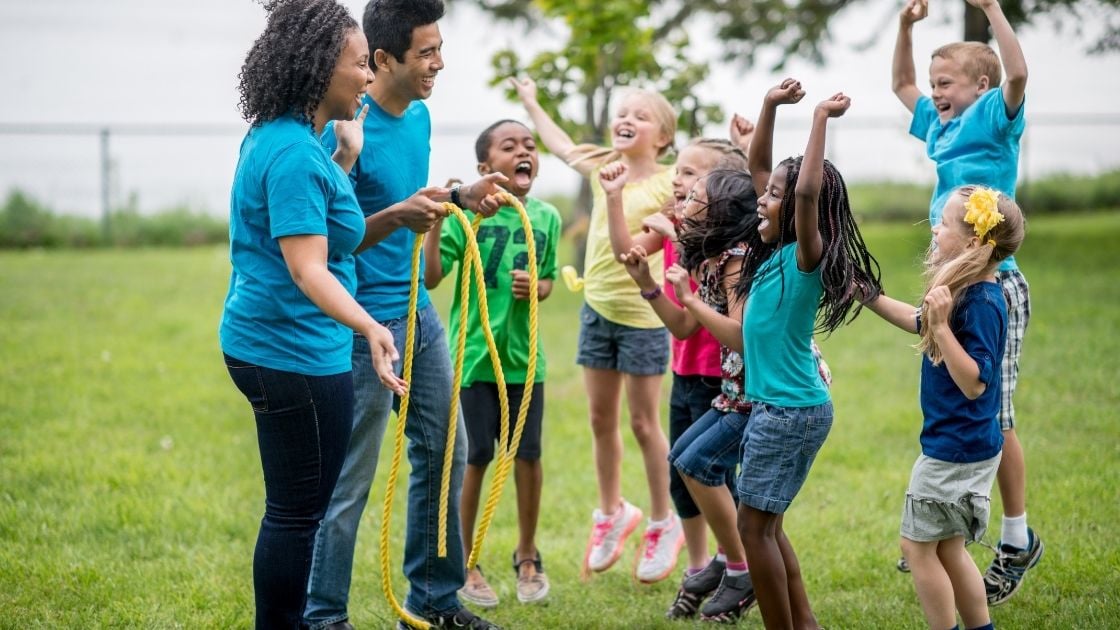The days get longer, warmer, and sunnier, and for many people, that means it’s time for more get-togethers. Spring and summer are filled with birthday parties, holidays, and celebrations. Still, parties can be challenging for children who might be overstimulated in these situations.
Sensory processing differences are a common challenge for children with autism, anxiety, attention deficit hyperactivity disorder (ADHD) and children with other behavioral or emotional concerns. They might respond differently or even become overwhelmed by a particular sensation. Sensory triggers may include loud sounds, bright or flickering lights, particular smells or textures, crowds or other sensory inputs.
Sound familiar? While your child might not cope with sensory processing differences, you likely know someone who does. A 2021 report in Autism Parenting Magazine found that about 5-16% of school-aged children have a sensory processing difference. That’s every 1 in 6 kids, making it likely to be impacting someone at a birthday party.
It’s still possible to host a party that everyone finds fun! A few thoughtful and strategic adaptations can help make gatherings inclusive. People with sensory processing differences appreciate when you make considerations to either help them manage their sensory intake or cope with sensory overload.

Here are 6 tips for hosting a sensory-friendly party:
1. Provide a schedule or list of activities in the invite. Many people with autism or other differences or challenges thrive when they know what to expect. However, change or uncertainty can be overwhelming. By knowing what might happen, they can prepare. They might even bring sensory tools for self-regulation during some of the activities.
2. Offer multiple snack options. A lot of kids might be picky eaters, including kids with sensory processing difficulties. It’s kind to accommodate both when possible. Consider offering a variety of foods in different colors. Certain textures may also be calming, including chewy or crunchy foods or even thick liquids.
3. Minimize loud noises. Some of the most overwhelming triggers for kids with sensory processing differences are loud noises. Avoid using objects which could result in sudden, loud sounds, such as noisemakers and balloons. Alternative fun objects could include squishies, monkey noodles, chewlery, Pop Its or other similar fidget toys. These toys are often fun for kids, and in particular they may help kids with sensory issues to calm themselves and cope.
4. Provide a quiet zone. Even when noisemakers are minimized, crowds can be challenging for kids with sensory processing difficulties. A great solution is to create a quiet zone. As people arrive, show the quiet zone during the tour, and explain it’s a place to go for some quiet or if they feel overwhelmed. The quiet zone can be a simple space, corner or small room, as long as it is away from loud noises and crowds. Kids should be able to visit it at any time to relax and regulate.
5. Include physical activities. All humans benefit from movement, and kids with sensory processing difficulties are no different! A few fun activities to help the kids have fun while moving their bodies include slip-n-slide, bouncy house, trampoline, jump rope, obstacle courses or even a scavenger hunt. If possible, emphasize cooperative team activities over individual competitive games.
6. Include tactile activities. Many kids will enjoy creative or messy options, and kids with sensory processing differences especially benefit! Tactile activities engage a variety of sensory inputs. Great examples of tactile activities include art projects, like finger painting, sidewalk chalk, or even making fun creations out of shoe boxes or egg cartons. Bubbles are another wonderful option, as kids can use a bubble wand, blow bubbles, chase bubbles, and even reach into the bubble mixture and feel it on their hands.
Sensory-friendly parties are versatile and fun for a variety of kids! With a bit of thought, many traditional party activities are already or can easily be adapted to include a calming and sensory-friendly approach. With these basic tweaks, kids with a variety of abilities will feel welcome and included at your gathering.























